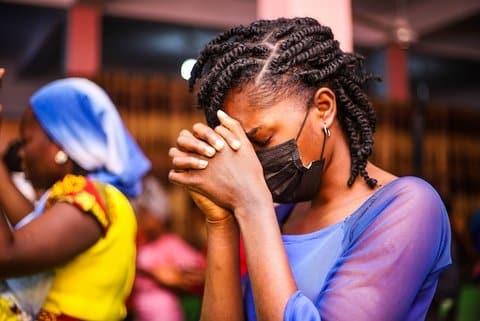07 Feb How I Came to Know My History
Commentary, Asani Shakur
The history of my ancestors is a rich history. Although Black history, sadly, is marked with the brutality and inhumanity of slavery, I also see tenacity in our history — the will, the passion and the ability to still dream, despite the harsh realities. Our ancestors left guidance for us in the form of African proverbs; they set the example for us of how not to give up, no matter your situation. To me, they displayed what faith is. My ancestors were mavericks.
I was first introduced to Black history by my 3rd grade teacher, Mrs. Jean Harris (I wish I could find her) at Wilson Elementary School. The first thing I noticed was the way she dressed — always in African garments – and how she wore handcrafted African jewelry. In fact, she was the only Black teacher and, really, the only adult I knew personally at the time that was doing so.
See, I was a curious kid, always wondering why my living condition was poverty, why my community lacked what the next community didn’t. Mrs. Harris taught us about what it means to be Black and to be proud of it, which was beautiful to me because my classmates weren’t all Black, so other ethnicities were introduced to our history as well. Mrs. Harris didn’t wait until February, either, to educate and embrace our culture. No, this was perpetual throughout the school year.
We were always taking field trips that were fun but also educational. The first time I ever heard of Stanford University was when we took a field trip there, during which Mrs. Harris told me that I too could become a student there if I put my mind to it. At the time, I didn’t know the prestige that Stanford held.
Mrs. Harris also had us doing a lot of stage plays on Black history. We would perform not only for our school but other schools around the Bay Area and even for huge corporations in Silicon Valley. Imagine doing a play for an audience full of white professionals in their expensive-looking suits, who applaud you and want to meet you afterwards to shake your hand and tell you how good of a job you did — then once the show is over, it’s back to the ghetto.
I credit Mrs. Harris for planting the seed in my mind to learn our history. I wish she could have been my teacher throughout the rest of my K-12 journey. The fire she ignited in me during that time was like a torch of joy that sparked a love for who I am and for my history. After leaving Mrs. Harris’ class, I still continued to seek knowledge and became self-taught by reading Black literature, Black history and history in general.
One of the many fascinating things I learned from my reading that is not taught in classrooms was the history of “Black Wall Street” in Tulsa, Oklahoma, back in 1921. The Greenwood community of that city was among the most prosperous in the nation – with Black barbershops, salons, grocery stores, schools, doctors, lawyers and hotels all thriving in one community. They kept the money circulating within their own neighborhood. In Greenwood, you could get your haircut and afterward walk across the street to the meat market for dinner and that barber, from the money you paid him, would remember he needed to put his clothes in the cleaners so he’d walk up the block to do so. By doing so, all the businesses thrived. Unfortunately, like other parts of our history, Black Wall Street ended tragically in what is remembered today as one of the worst riots in U.S. history. But it set the example that if we work together and support one another, we can create new Black Wall Streets in our communities across the globe.
You can’t have American history without acknowledging Black history. My brothers and sisters, if we learn our history we will develop more of a connection with our ancestries and their spirits. We will realize what has worked and what hasn’t, for us to keep the torch lit and manifest their and our dreams into fruition.
Assata Shakur, Harriet Tubman, Sojourner Truth, Madam CJ Walker, Mary McLeod Bethune and Josephine Baker, to name a few, can serve as models for our women today, of a woman’s worth, capabilities, and strength. Malcolm X, Langston Hughes, Marcus Garvey, Dr. Daniel Hale Williams (first black cardiologist) and George Washington Carver, to name a few, are men that our men can follow. I also see fit to give thanks to Dr. Carter G. Woodson (1875-1950), the son of former slaves and the man who created Black History Week in 1926, which later in 1976 became Black History Month. His recognition and vision to honor our legacy as a people speaks volumes.
The world is a school, the earth a classroom, and experience the best teacher.
– Nigerian Proverb
I am, because we are…






No Comments